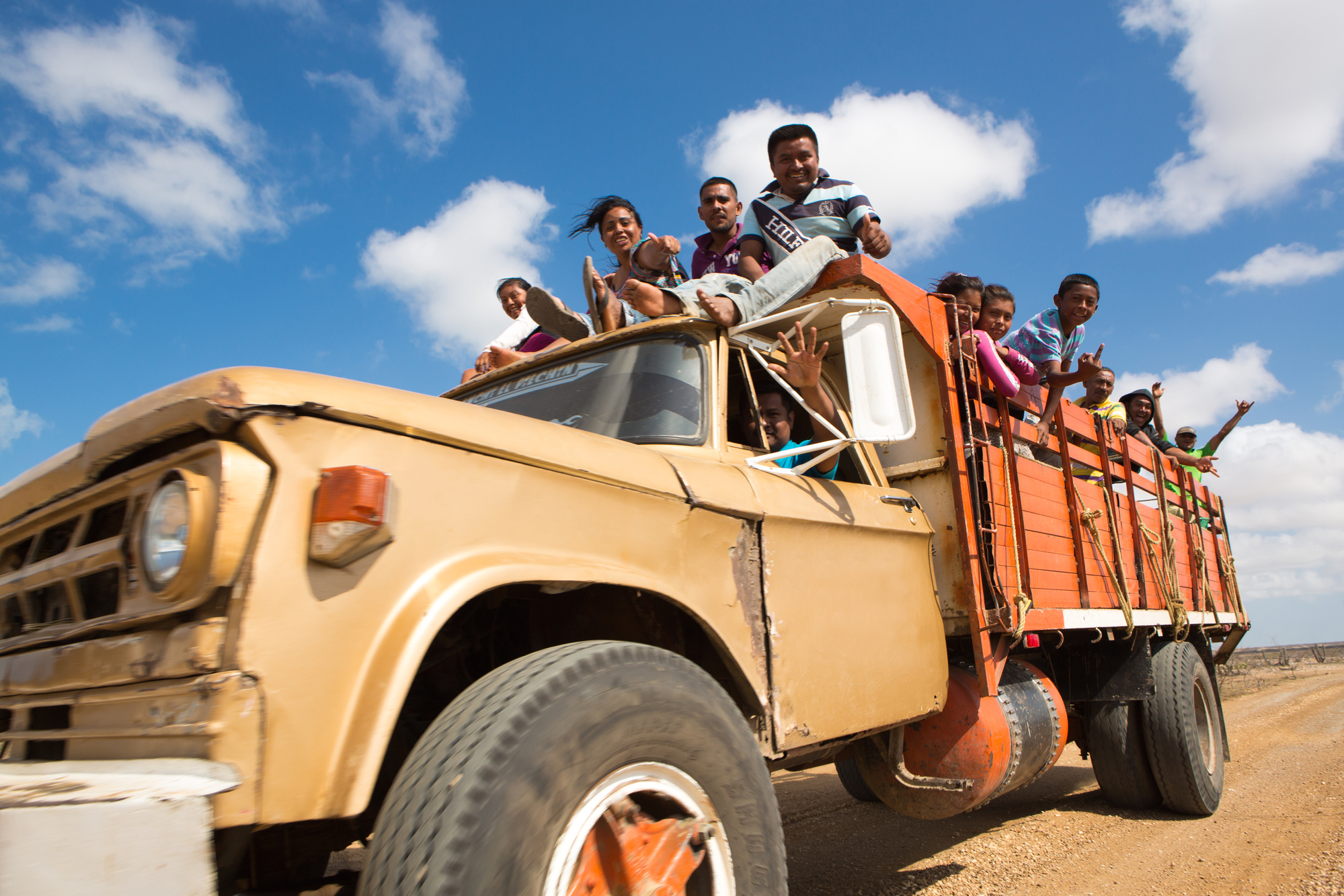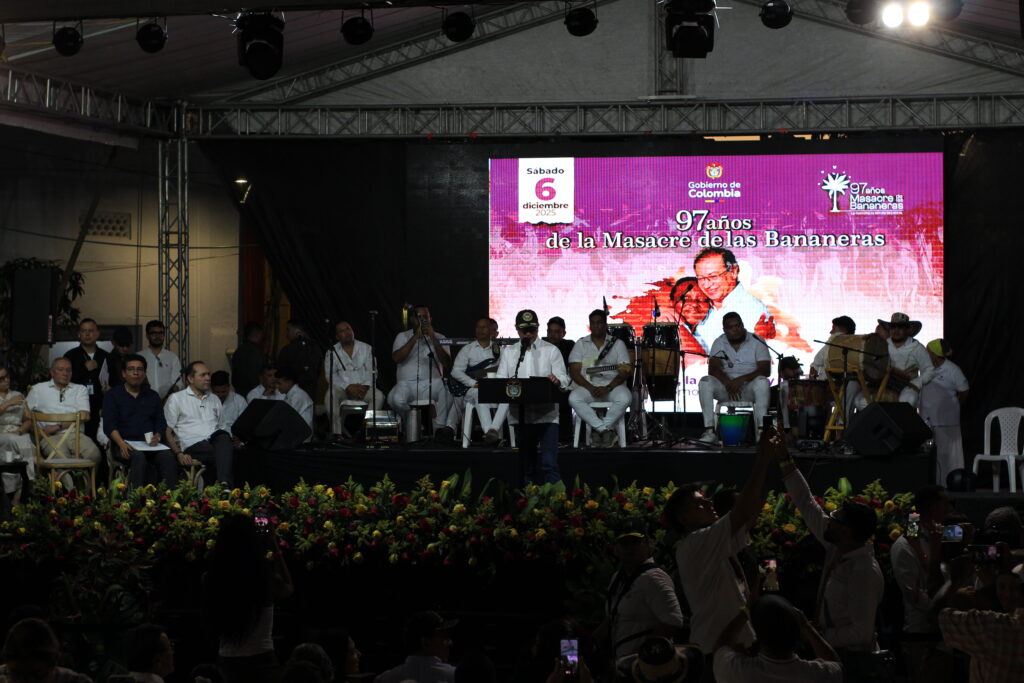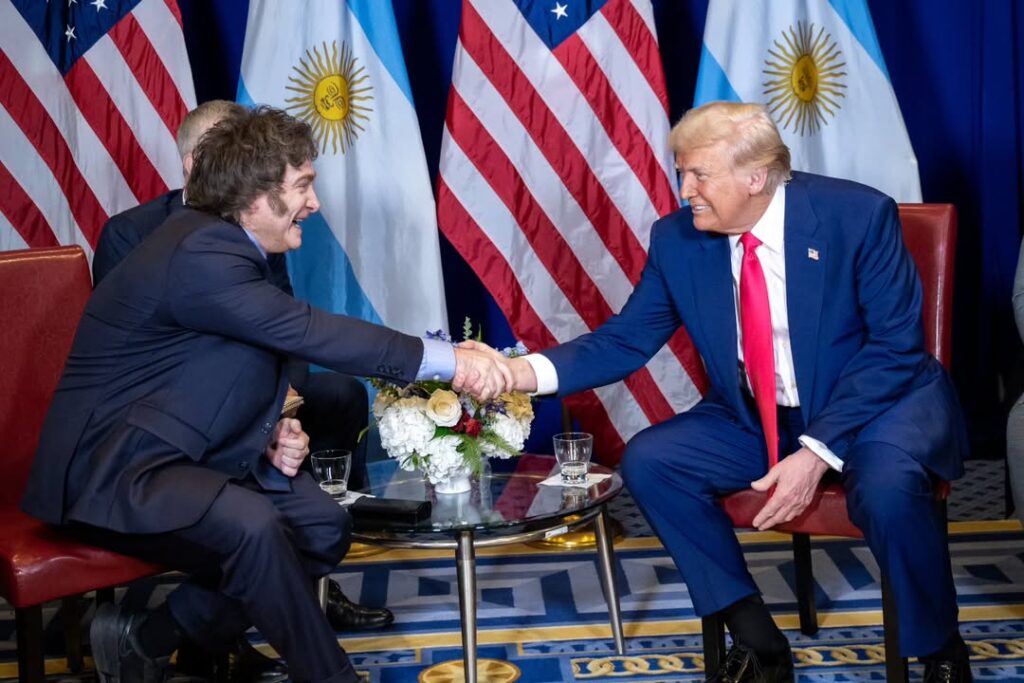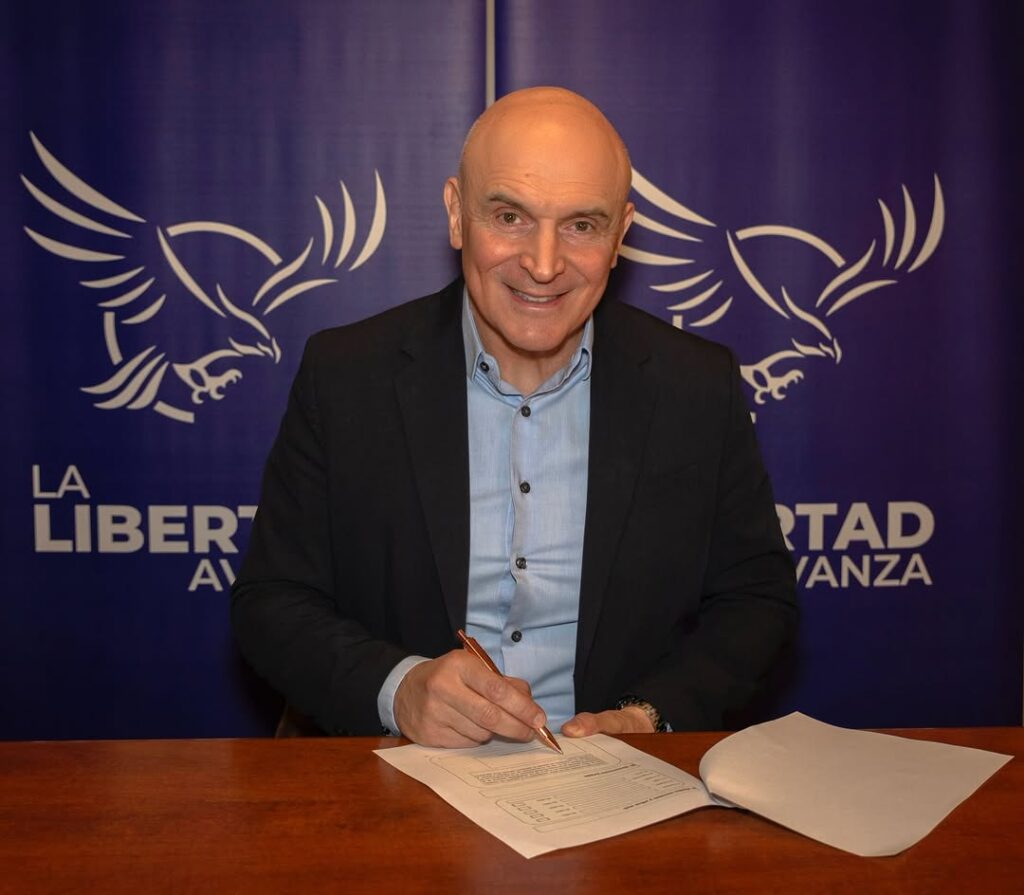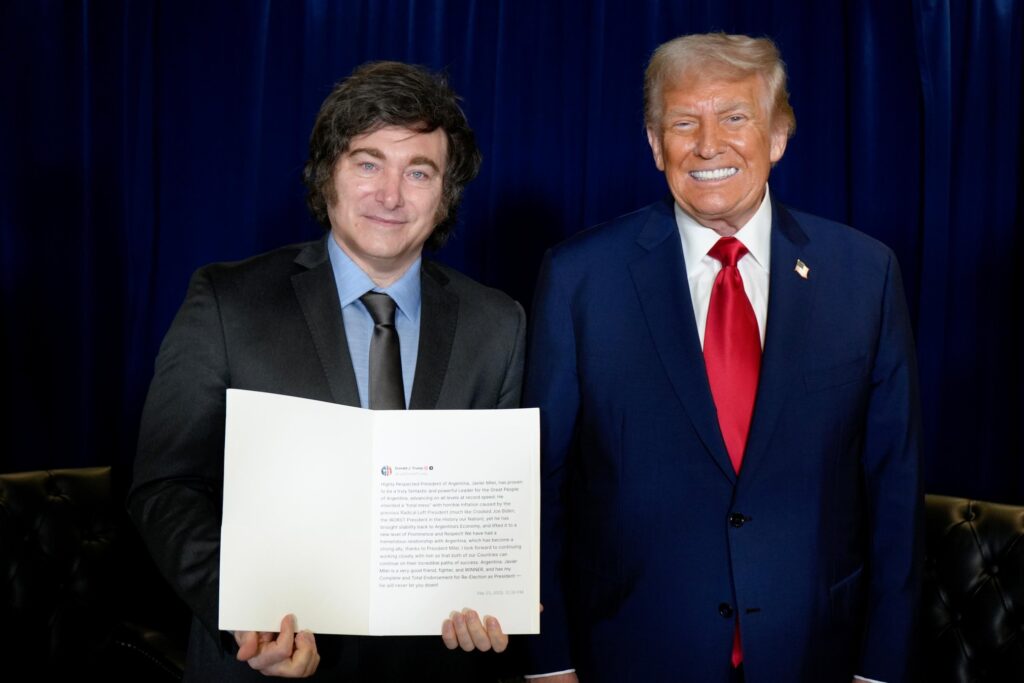According to UNESCO‘s latest survey of world languages, 43 percent of them are endangered. Since the internet has become the integral platform for communication, many believe that the world wide web is a severe threat to language diversity.
And as researcher András Kornai predicted in his study Digital Language Death , 95 percent of all languages spoken today will never gain traction online.
It’s not just the internet that is threatening indigenous and minority languages, Juan Gonzalo Betancur told Latin America Reports. Head of social communication at Medellin’s EAFIT University in Colombia, Betancur explained there are various factors that could adversely affect a minority language.
In Colombia for example, one of the most destabilizing factors for indigenous languages is contact with Spanish. Native languages tend to be belittled by the dominant society, and so communities who speak them would rather their children learn Spanish so that they will have more opportunities to access state services and jobs.

This is a particular issue for the Wayuu people in the northern parts of Colombia and Venezuela. Over 300,000 people speak Wayuunaiki, their native language – many more than most indigenous languages in the Americas – but the language is still at risk because there is no motivation for current speakers to teach the younger generation.
Betancur explained that the best way to make sure these communities keep their language is to highlight its importance as not just a language, but rather a cultural marker of their identity.
“It’s very complicated to try and revive these languages if the community themselves don’t play a part,” he added. “They need to assume the process of identity, of recognition and appreciation of all the cultural power their language has. If they’re not aware of this, then it’s very possible that their language will die out.”
Apps such as Duolingo, which is free and accessible to anyone with an internet connection, also play a part in keeping indigenous languages alive. The company took its first step into minority languages with Irish in 2014 and managed to attract 4 million people to the course, earning public praise from Irish President Michael D. Higgins.
Latin America Reports spoke to Duolingo’s lead community specialist Myra Awodey, who believes the language-learning platform could continue to play a role in revitalizing endangered languages. Duolingo has recently opened courses in Navajo, a native language from the United States, and Jopará, an indigenous dialect from Paraguay.
“You could argue that a platform like this really has the power to take a language from shrinking to growing, and that was what kicked it off for us – we realized the impact we could have,” she said. “We can allow existing language revitalization networks to plug into this larger network and help their efforts reach a larger audience.”
Read more: Paraguay’s Guaraní language is flourishing but its indigenous people are not
However, the app does have its limitations. Betancur explained that for small communities with around 1000 speakers of an indigenous language, Duolingo was unlikely to have an effect on the language’s preservation.
“But for the language’s recognition, it’s very important,” he said.
“By having it on this app, it gives the language the same status as big languages like Spanish, English and Mandarin. It’s also a way to attract attention to the problem — that these languages are dying.”
The UN’s decision to make 2019 Year of the Indigenous Language also highlights the importance of preserving indigenous and minority language across the globe.
“I think people are starting to realize that just as we’re taking steps to preserve diversity of species, we also need to take steps to preserve linguistic diversity,” said Duolingo’s Awodey. “And I think that the internet and technology are probably the most powerful tools we have at this point to do that.”
Wikitongues, for example, is an online database of crowd-sourced videos of people speaking their native tongue, that provides a global platform “to ensure every person has the tools to preserve, promote, and pass their languages on to the next generation.”
“The internet can be used to understand the cultural richness of language, or it can be a threat,” explained Betancur. “A type of technology is not good or bad by itself, it depends on what it is used for.”
Betancur believes that keeping a language alive goes beyond the realms of technology. In order to keep a minority language alive, it is necessary to look further than just the language itself, he explained. This was the case with Palenquero Creole, the language used to communicate between African slaves when they arrived in to Latin America.
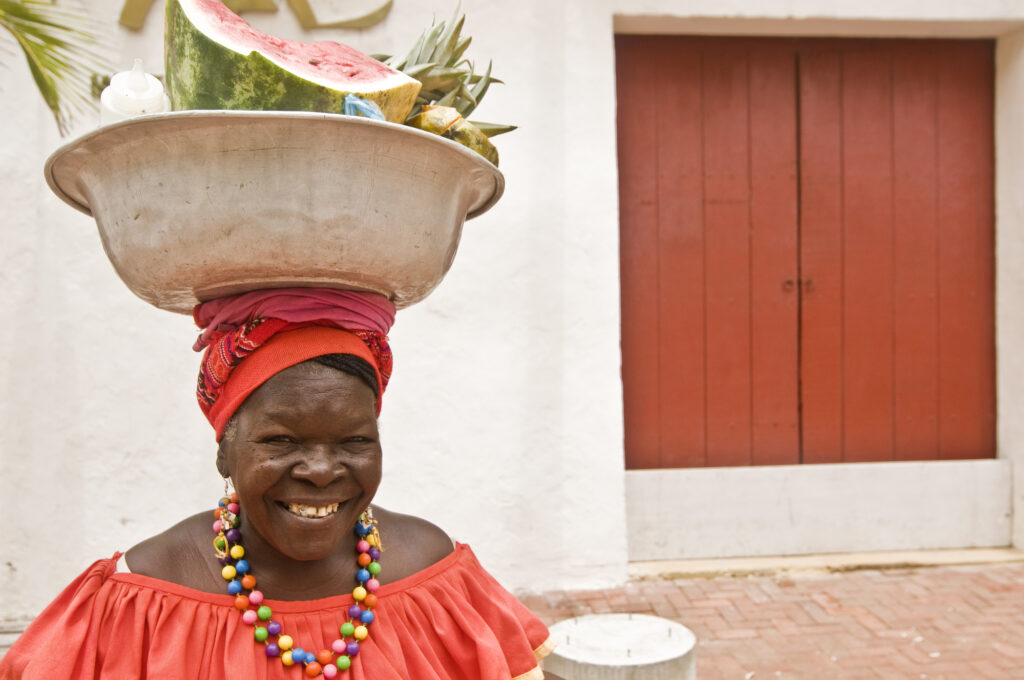
This language, which has a Spanish basis but is full of words from a variety of African languages, was disparaged by the Spanish-speaking population, causing the community to feel ashamed of speaking it. However, over a period of two to three decades, anthropologists and community worked together to restore a sense of pride in the Creole language so that the linguistic tradition continues today.
“I think everything that contributes to a cultural strengthening is important,” Betancur said. “Indigenous people trying to preserve their languages will use everything, including technology. But I don’t think apps like Duolingo will have a significant effect [on small populations].”
“When a social group has a strong identity, and have remained united through their language, this group will survive,” Betancur said.


